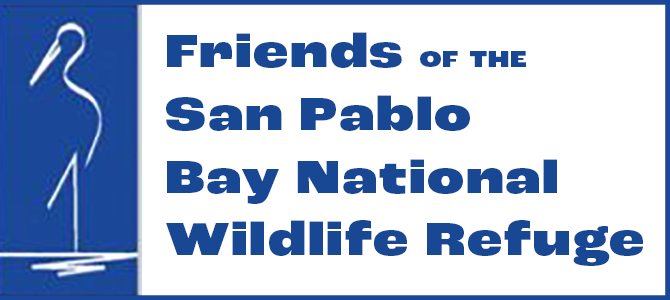
Endangered & Threatened Species
San Pablo Bay National Wildlife Refuge was established in 1970 under the authority of the Migratory Bird Conservation Act and the Endangered Species Act. In 1974 the first lands were acquired enabling the refuge to achieve its mission to support migratory birds, wetland habitat and endangered species. The refuge’s more than 19,000 acres along with other San Pablo Baylands protects and restores habitat for the endangered salt marsh harvest mouse and the California Ridgway’s rail.
There are numerous endangered and threatened species across the refuges adding to their importance. Learn more about conservation status HERE.
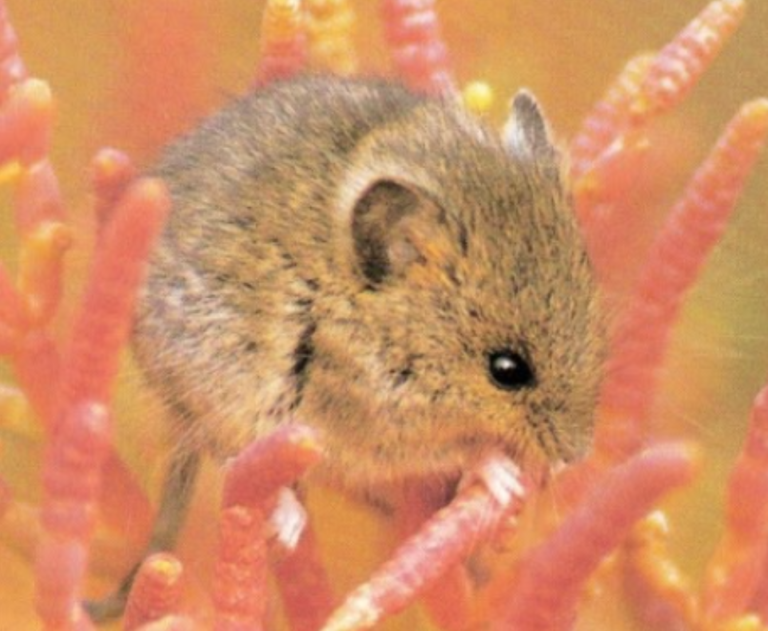
Salt Marsh Harvest Mouse
This endangered species live only in the salt marshes of the San Francisco Bay estuary. Unlike most land mammals which must have fresh water to drink, the salt marsh harvest mouse can drink salt water. Its specialized kidneys allow the expulsion of excess salt.
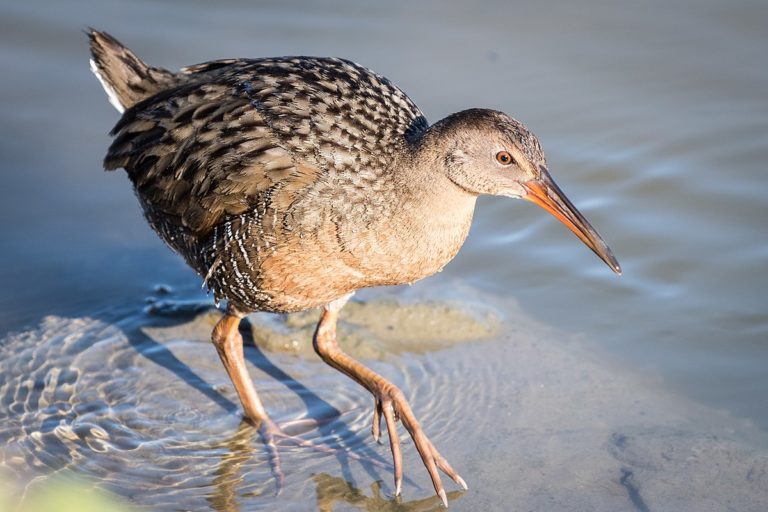
Ridgway's Rail
This seldom seen endangered species moves quietly through the cordgrass and pickleweed marshes around San Pablo Bay. It’s loud “kek kek kek” call can be heard at dusk and dawn.
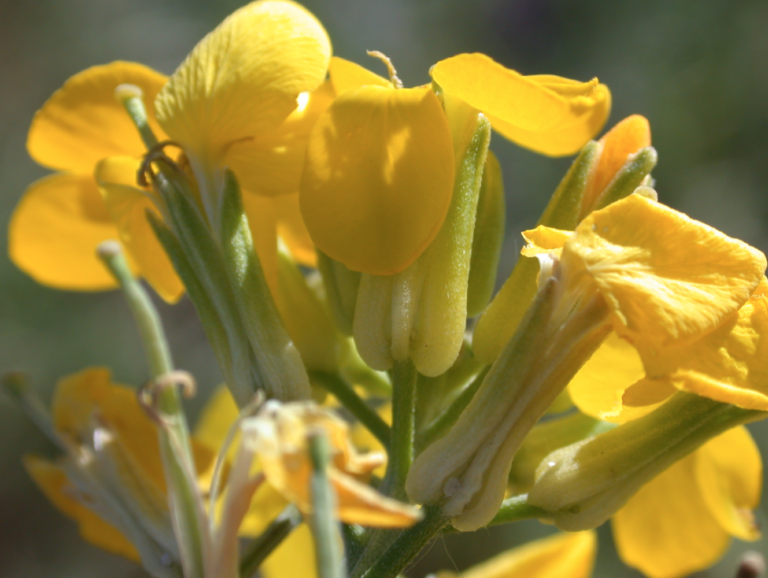
Contra Costa Wallflower
The Contra Costa wallflower (Erysimum capitatum spp. angustatum) is in the same family as the mustard family, Brassicaceae. The wallflower was listed as endangered in 1978. The entire known wild population of the wallflower consists at the Antioch Dunes National Wildlife Refuge and adjacent PG&E and Kemwater lands.
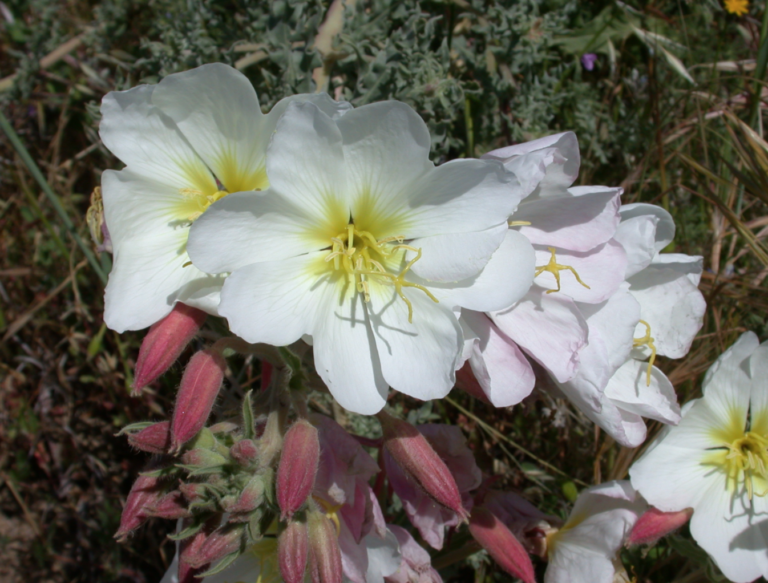
Antioch Dunes Evening Primrose
The Antioch Dunes Evening Primrose (Oenothera deltoides spp. howellii) was federally listed as endangered in 1978. Its naturally occurring population is confined to the two disjunct units of the Antioch Dunes Wildlife Refuge, and the adjacent PG&E and Kemwater lands.
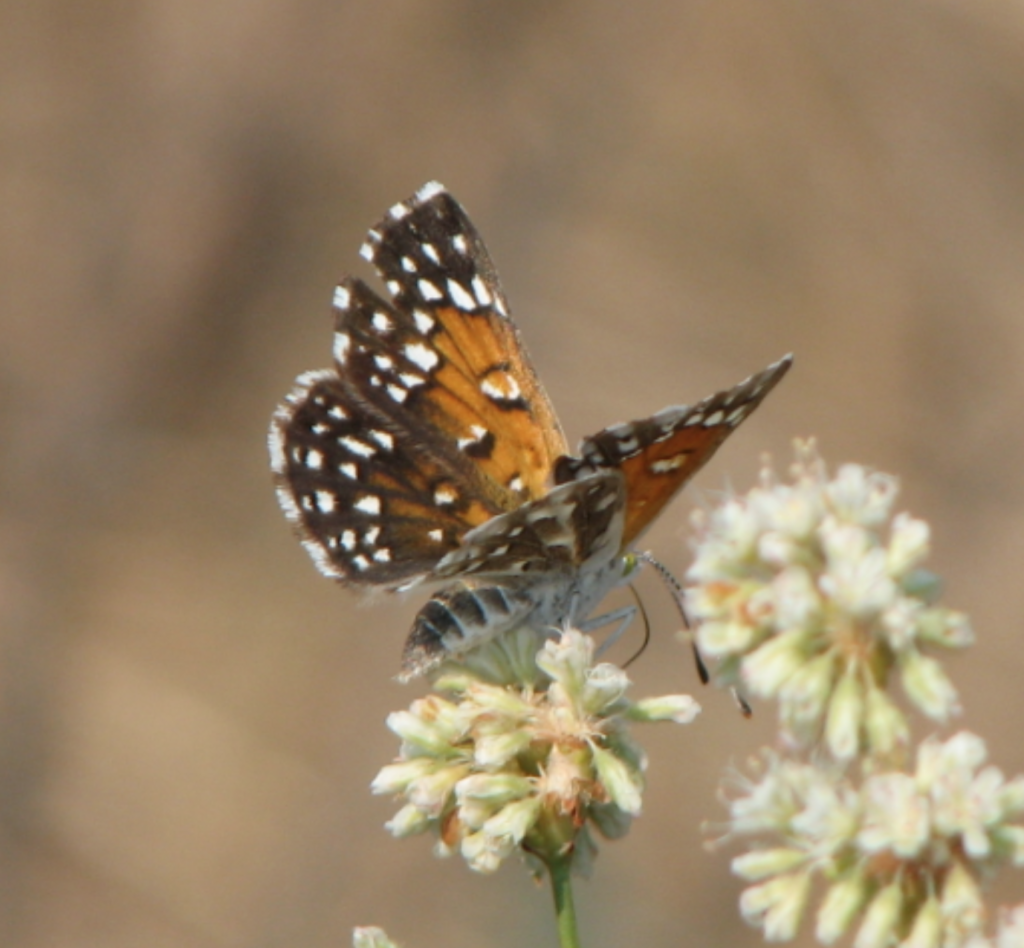
Lange's Metalmark Butterfly
The Lange’s metalmark (Apodemia mormo langei) butterfly was first discovered in 1933 at Antioch Dunes and was described five years later. In June 1976, this local subspecies was one of the first eight insects to be listed as endangered under the Endangered Species Act of 1973.

